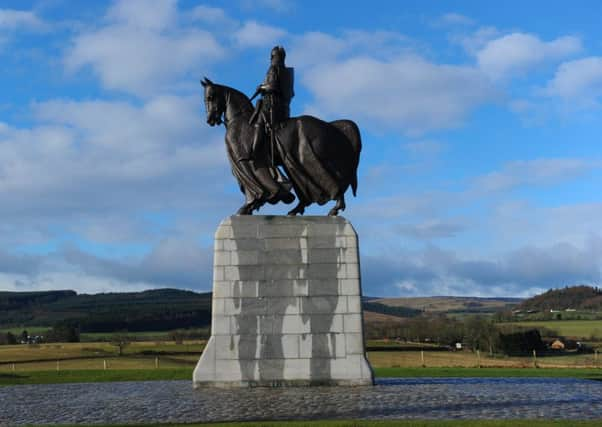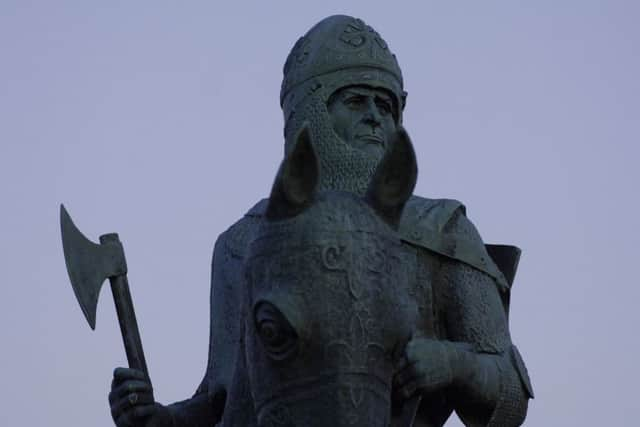'˜Much still to discover' on Cambuskenneth Abbey digs


Stone walls on the north bank of the River Forth were first uncovered during a dig in September, near Cambuskenneth Abbey, in Stirling. It is thought the gateway may have been present when the triumphant Scottish king landed there with the spoils of Bannockburn in 1314.
Finds near the site include a 14th century cross and a silver coin of King Robert II, the Bruce’s grandson, as well as medieval bone and pottery.
Advertisement
Hide AdAdvertisement
Hide AdMurray Cook, Stirling Council’s archaeologist, who led the dig, said: “Cambuskenneth is a key location in Scotland’s history, active at the height of Stewart power when Stirling was vying to be the capital of Scotland.


“Cambuskenneth Abbey was one of the most important places in the kingdom, and that means there would have been a network of fords, harbours, wharfs and roads and a steady stream of the richest people in Scotland coming through. There is so much still to discover.”
• READ MORE: 700-year-old coin found during Bannockburn dig
King David I founded Cambuskenneth Abbey around 1140, close to his residence at Stirling Castle. The abbey played a role at the Battle of Bannockburn, while injured nobles and spoils of war were taken there in the immediate aftermath of victory.
Robert the Bruce held his first parliament after the battle at Cambuskenneth, when Scots who had opposed him were stripped of their titles and estates.


Bruce held another parliament at Cambuskenneth in 1326, to agree the line of royal succession that ultimately put the Stewart dynasty on the throne in 1371.
The site is also the final resting place of King James III, who was murdered in 1488.
Only the gothic bell tower and west doorway survive, along with medieval graves.
Advertisement
Hide AdAdvertisement
Hide AdArchaeologists uncovered a substantial medieval harbour wall and watergate, as well as steps leading up to the once impressive abbey.
On the site of a medieval ford nearby, a metal detector revealed a silver coin from the reign of King Robert II, who ruled Scotland from 1371-90. The coin, minted in Edinburgh, is thought to have been dropped by someone crossing the ford.